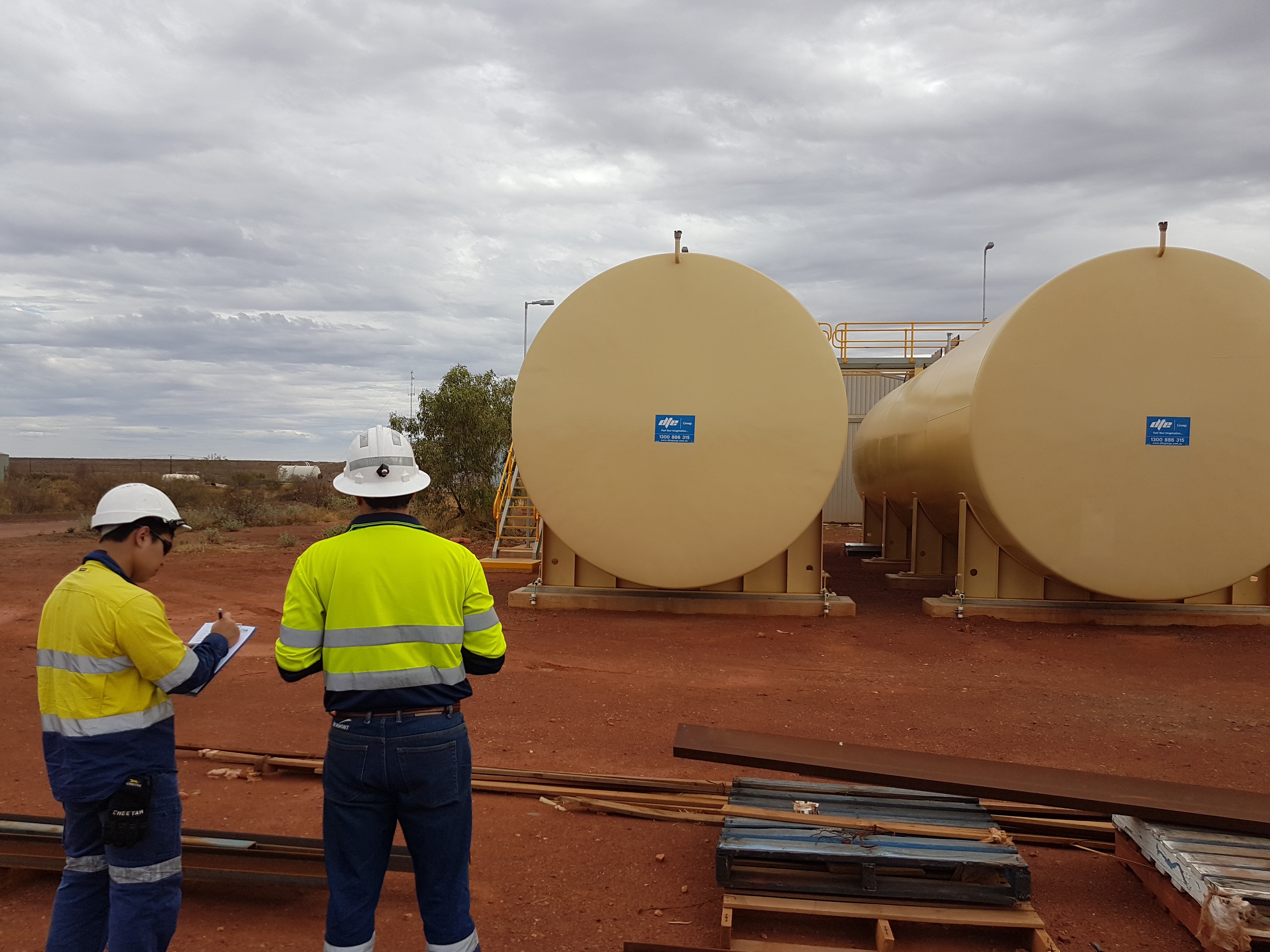Last year, the Australian Standard for The Storage and Handling of Flammable and Combustible Liquids (AS1940) was updated for the first time in over a decade. Product Support Engineer at Viva Energy Australia, Jeremy Teo discusses the key changes and what they mean for the fuel industry and our bulk fuel customers within the mining, transport, and oil and gas industries.
The Australian Standards were developed to provide the industry with a set of requirements and recommendations for the safe storage and handling of flammable and combustible liquids. Standardisation is important as it improves safety for industries as a whole by providing minimum thresholds for all businesses to comply with.
The latest edition of AS1940 includes major changes to the storage and handling requirements for fuels, which impacts the engineering design, operation and maintenance of storage and handling facilities such as our terminal network. For businesses that store fuel onsite, the changes recommend the introduction of a standardised safe fill level (SFL), automatic alarm set points if the SFL is exceeded, and new containment bund capacity requirements intended to contain tank overflows.

These changes supersede AS1940:2004 and were influenced by a number of developments in technology and safe handling processes in the bulk fuels industry, as well as the retirement of the standards initially set by the Australian Institute of Petroleum. The developments include the increased number of self-bunded tanks, improvements in automatic tank gauging, and improved safety requirements. The changes also bring AS1940 into alignment with the Global Harmonisation System of classification.
The changes to the Australian Standard involved cooperation and agreement from the industry, technical authorities and legislative bodies. For businesses that store fuel onsite, AS1940 provides a high level of assurance that all new fuel facilities installed are engineered to comply with industry benchmarks and that their operational framework, as with the suppliers and contractors who install and maintain them, is consistent.
It should be noted that compliance with AS1940 is not a legal requirement unless it is specifically referenced within legislation. Complicating the matter is the fact that each State has different legislation and governing bodies, however, most State regulatory authorities will have an expectation that businesses will comply with the Australian Standards relevant to their operations. The onus to comply will often be made explicitly in legislation such as Work Health & Safety (WHS) Regulations, or implicitly through referencing in industry guidelines such as the Government approved Codes of Practice.
In the mining industry there are regulatory authorities who carry out site audits to ensure that operators are compliant. However, in many industries, governing bodies are trending away from the practice of monitoring businesses to ensure that they are complying with WHS requirements. Instead, we increasingly see a move to a model where a business must provide evidence that it is operating safely and with minimal risk to people, property, and the environment.
Our technical team help our customers to demonstrate their compliance with AS1940 through site inspections of their storage facilities and operations. We also provide basic recommendations of how to achieve compliance based on our extensive industry knowledge or refer customers to specialist contractors for further investigation and testing. Compliance with the Australian Standard becomes akin to the requirements for a license to operate and businesses that are able to demonstrate that they are aligned with best practices can avoid punitive fines and loss of reputation, and improve their operational HSSE performance.
As an example, an audit and gap analysis of one of our customer’s sites identified a major deficiency in their installed fire protection systems for their tank farm. This finding resulted in them being able to take action and avoid any delays in the approval of their dangerous goods license and more importantly ensured the safety of personnel on site. Our inspections can identify other issues which can result in fewer equipment breakdowns, less operational downtime, longer equipment life and reduced maintenance costs. For our mining customers, our site inspections have also given them the confidence that their next dangerous goods audit will go smoothly.
To learn more about how our technical team can help with your tank inspections, email [email protected]